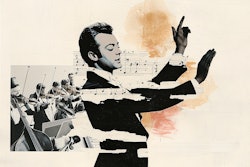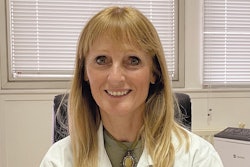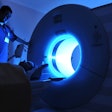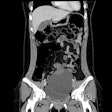Researchers have used CT to scan a rare, 175-year-old stringed instrument. Peter Noël, PhD, an associate professor of radiology at Penn and director of CT research at the Hospital of the University of Pennsylvania, told PBS station WHYY in Philadelphia that advanced CT technology has opened the door to unique scanning projects such as this one with the Philadelphia Orchestra.
“You know, you learn that this maybe was a mast of a ship before, or maybe it was a table in Bavaria. We don’t know,” Noël said in the article.
Insured at over $200,000 (€180,000), the 19th-century double bass is made out of what is already a nearly exhausted type of British sycamore, which was common in furniture making in the Victorian and Edwardian eras and enormously deforested Britain, Duane Rosengard of the Philadelphia Orchestra explained for the report.
By showing the density of the wood and revealing other characteristics, information derived from CT scanning could be helpful for preservation, restoration, and potentially making new instruments more sustainably without sacrificing their unique sound quality.
The final CT scans on the rare bass show clear images of annual growth rings in the wood, which can signify how old a tree was when it was cut down. The team hopes to send these images to experts who study tree rings -- dendrochronologists -- to see if they can trace back the exact origins of this instrument, and maybe learn a little more about how it has withstood the test of time.
See photos and the full story here.




















